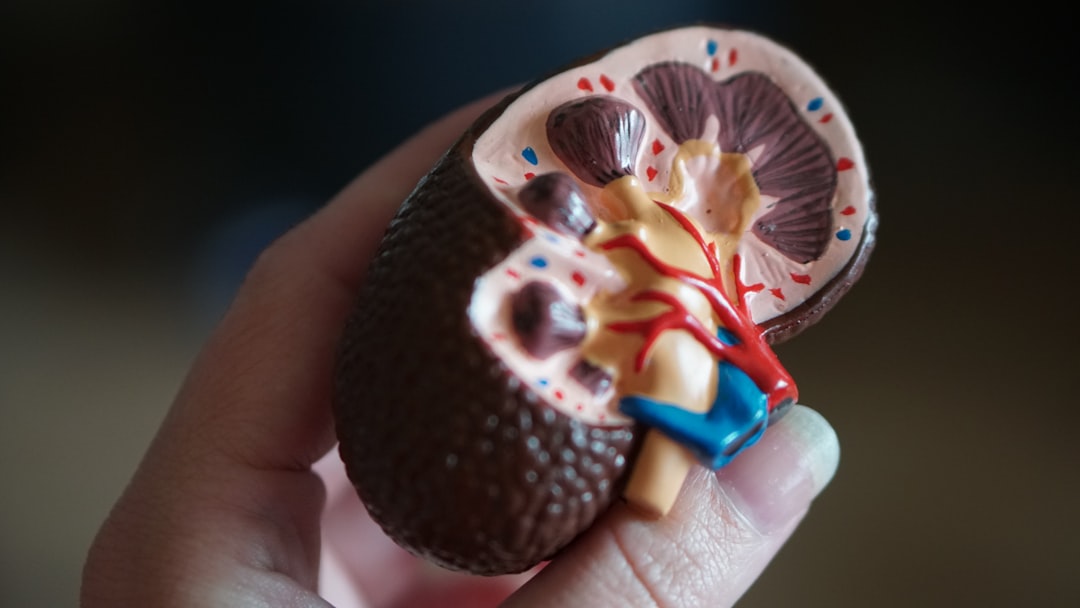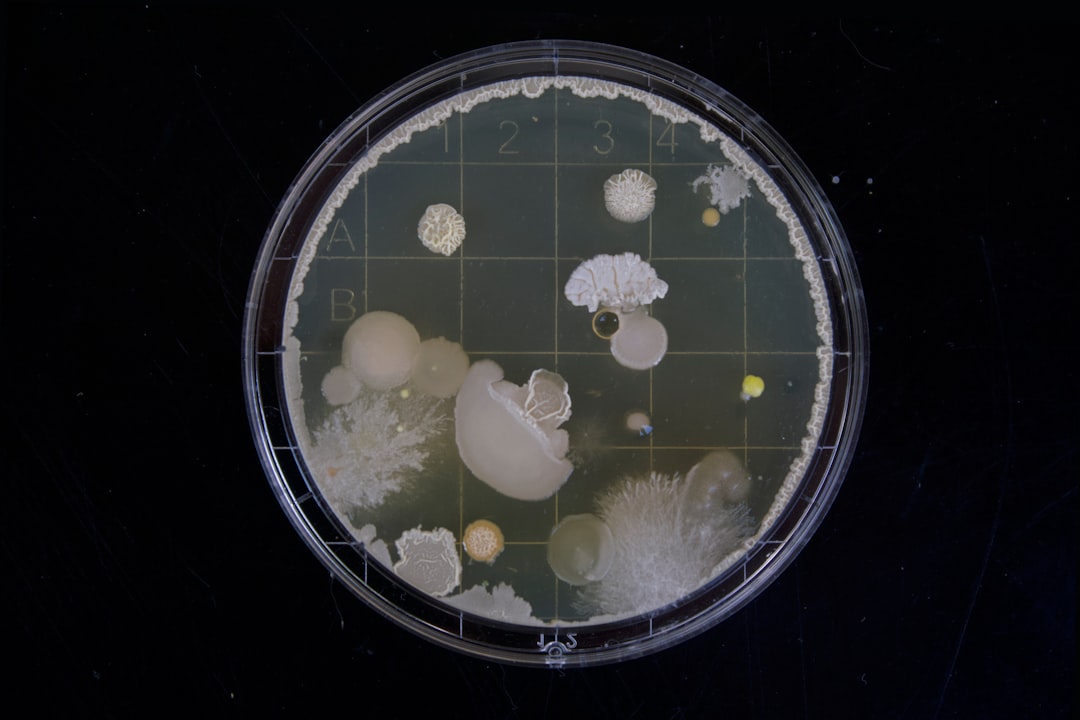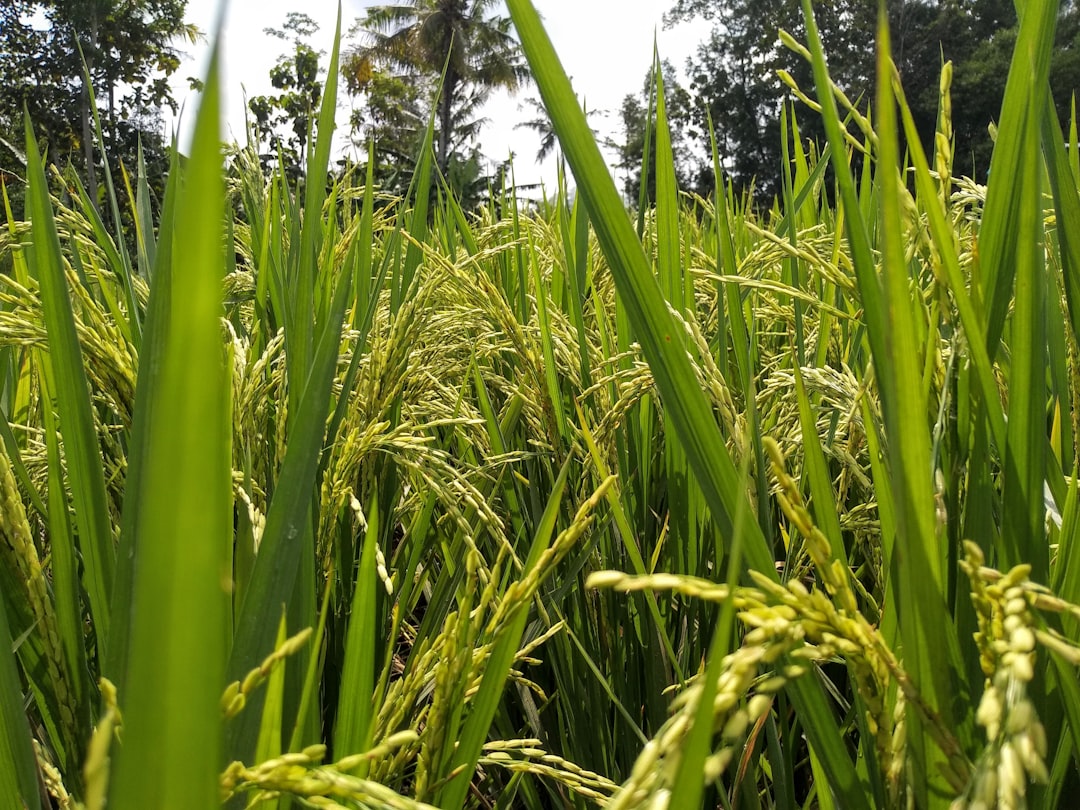What is it about?
We describe the karyotype of Elaenia spectabilis (Passeriformes, Tyrannidae) by means of classical and molecular cytogenetics. The results show that syntenic groups of Gallus gallus (GGA) were conserved, except GGA1 and GGA4, which were divided into two different pairs each. However, the results obtained with Leucopternis albicollis probes revealed the occurrence of inversions in segments homologous to GGA1q, similar to those observed in other Passerifomes (Turdus), and one inversion in GGA1p. These results suggest that the centric fission in GGA1 and inversions observed in segments homologous to GGA1q, appeared in the early history of Passeriformes because they could be detected in Oscine and Suboscine species.
Featured Image
Why is it important?
Confirmation of shared chromosome rearrangements in Oscine and Suboscine Passeriformes.
Read the Original
This page is a summary of: Chromosome mapping of the large elaenia (Elaenia spectabilis): evidence for a cytogenetic signature for passeriform birds?, Biological Journal of the Linnean Society, February 2015, Oxford University Press (OUP),
DOI: 10.1111/bij.12504.
You can read the full text:
Contributors
The following have contributed to this page










